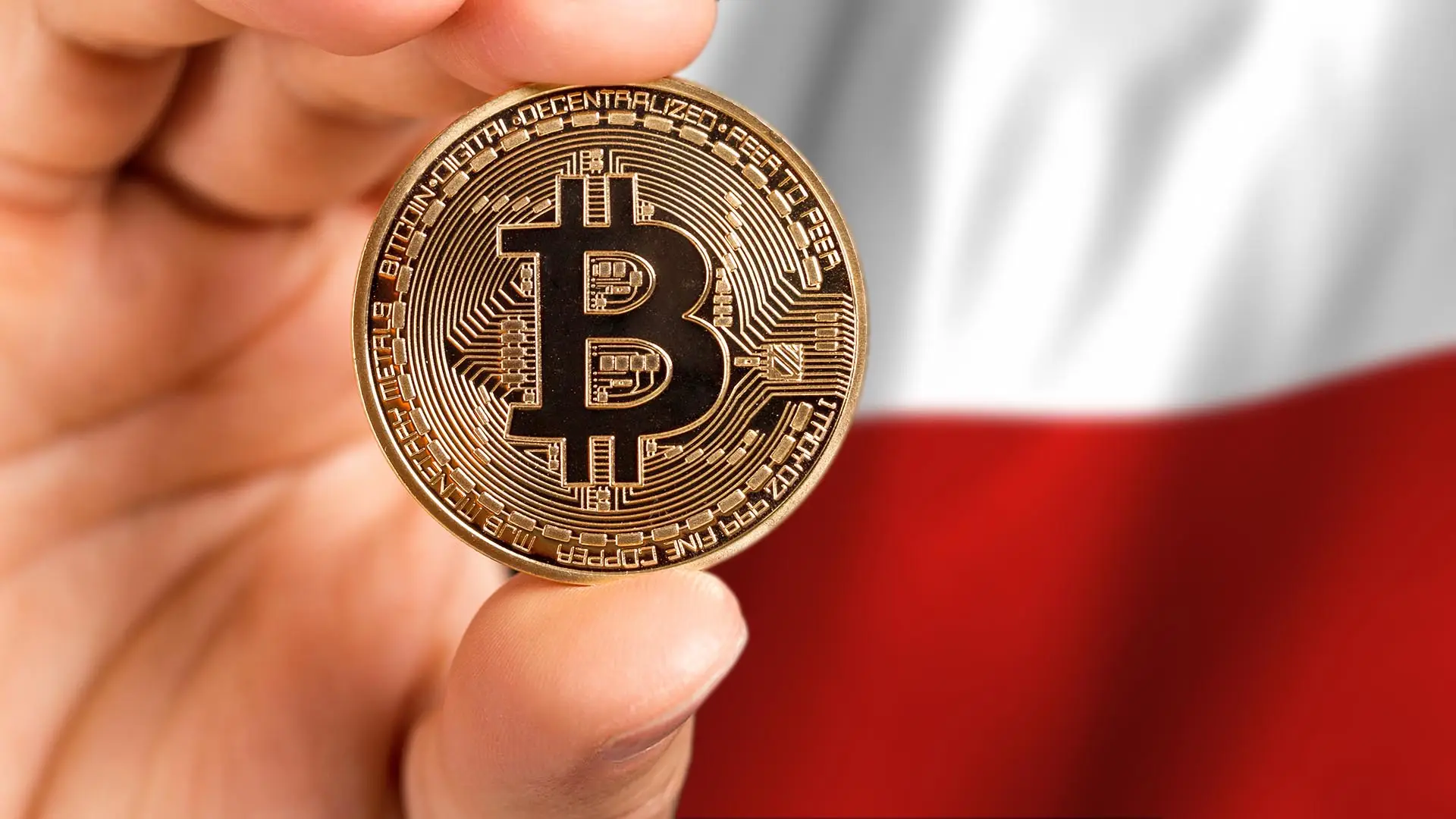Poland’s New President Fuels Crypto Optimism
02.06.2025 22:00 1 min. read Alexander Stefanov
Poland’s political landscape may be shifting in favor of crypto innovation following the election of Karol Nawrocki, a candidate who campaigned on promises to protect investor freedom and resist burdensome regulations.
With 51% of the vote, Nawrocki’s victory is being celebrated by the country’s digital asset community as a potential turning point for the industry.
Nawrocki emphasized that his administration would support technological advancement over restrictive policies, stating that Poland should be a place “where innovation is created, not regulated.” While he hasn’t publicly committed to Bitcoin holdings, his alignment with U.S. President Donald Trump—whose media group recently secured a $2.5 billion Bitcoin treasury—has sparked speculation that Poland could explore a similar move.
The idea of a national Bitcoin reserve is gaining traction globally. Countries like Pakistan and Ukraine are already considering such strategies, and Nawrocki’s leadership could position Poland as a leading player in Europe’s crypto race. His election arrives just as the EU moves forward with the MiCA regulatory framework, offering Poland a chance to carve out a more flexible, pro-growth path.
The success of Nawrocki’s vision will ultimately hinge on legislative backing and swift implementation. However, the mood among Polish crypto advocates is optimistic, as hopes rise that the country might soon take concrete steps toward becoming a digital asset-friendly economy.
-
1
History Shows War Panic Selling Hurts Crypto Traders
28.06.2025 18:30 3 min. read -
2
Ripple Faces Legal Setback as Court Rejects Bid to Ease Penalties
26.06.2025 16:54 1 min. read -
3
Ripple Has Applied for a National Banking License
03.07.2025 7:00 2 min. read -
4
Coinbase Surges 43% in June, Tops S&P 500 After Regulatory Wins and Partnerships
29.06.2025 21:00 2 min. read -
5
What Will Happen With the Stock Market if Trump Reshapes the Fed?
29.06.2025 13:00 2 min. read
Sberbank Moves to Dominate Russia’s Crypto Custody Sector
Sberbank, Russia’s largest state-owned bank, is preparing to launch custody services for digital assets, marking a significant expansion into the country’s evolving crypto landscape.
Bank of America CEO Confirms Stablecoin Plans Are in Motion
Bank of America is actively developing a stablecoin offering, CEO Brian Moynihan revealed during a post-earnings conference call on Wednesday.
PayPal Expands PYUSD to Arbitrum in Latest Blockchain Push
PayPal has expanded its stablecoin, PayPal USD (PYUSD), to the Arbitrum network, marking a key step in its strategy to integrate with faster, more cost-efficient blockchain infrastructure.
Citigroup Explores Launching Stablecoin as Banks Embrace Crypto Shift
Citigroup is evaluating the potential launch of its own U.S. dollar-backed stablecoin, signaling a growing shift in sentiment among traditional financial institutions toward digital assets.
-
1
History Shows War Panic Selling Hurts Crypto Traders
28.06.2025 18:30 3 min. read -
2
Ripple Faces Legal Setback as Court Rejects Bid to Ease Penalties
26.06.2025 16:54 1 min. read -
3
Ripple Has Applied for a National Banking License
03.07.2025 7:00 2 min. read -
4
Coinbase Surges 43% in June, Tops S&P 500 After Regulatory Wins and Partnerships
29.06.2025 21:00 2 min. read -
5
What Will Happen With the Stock Market if Trump Reshapes the Fed?
29.06.2025 13:00 2 min. read


